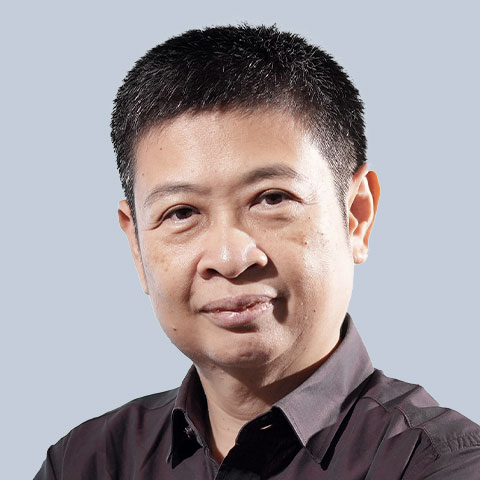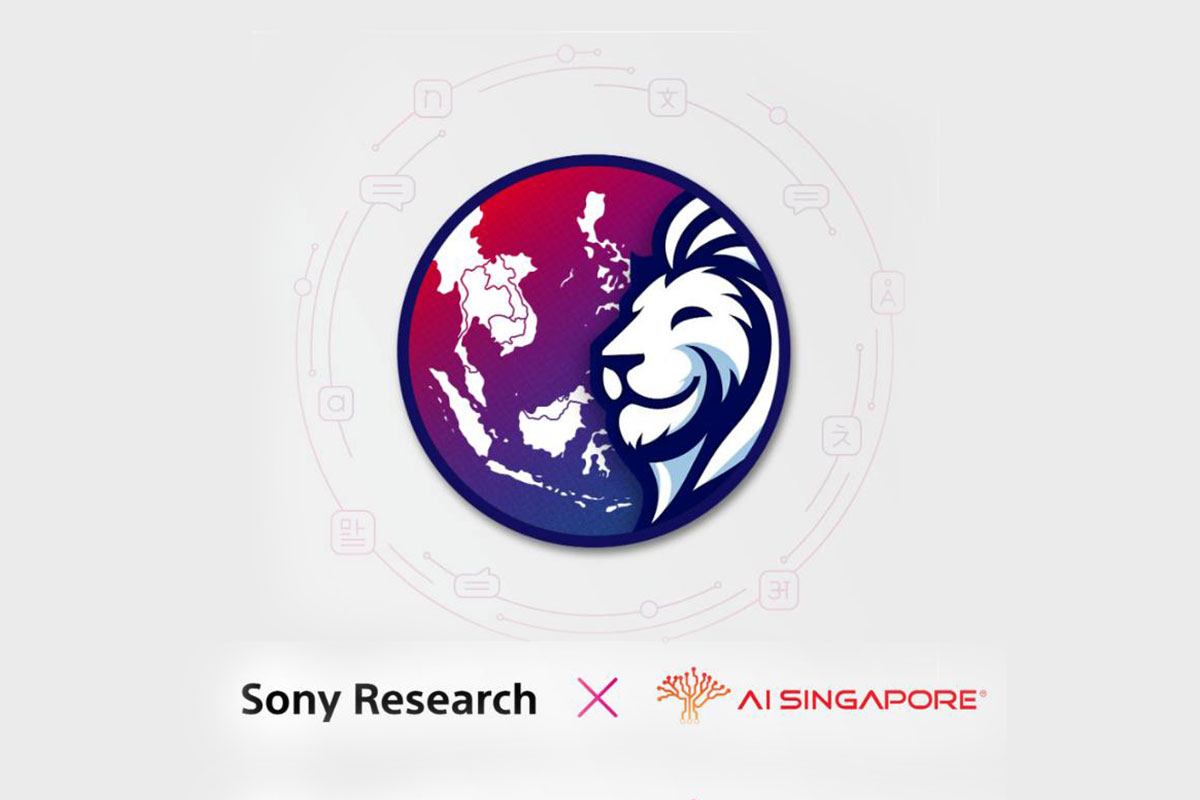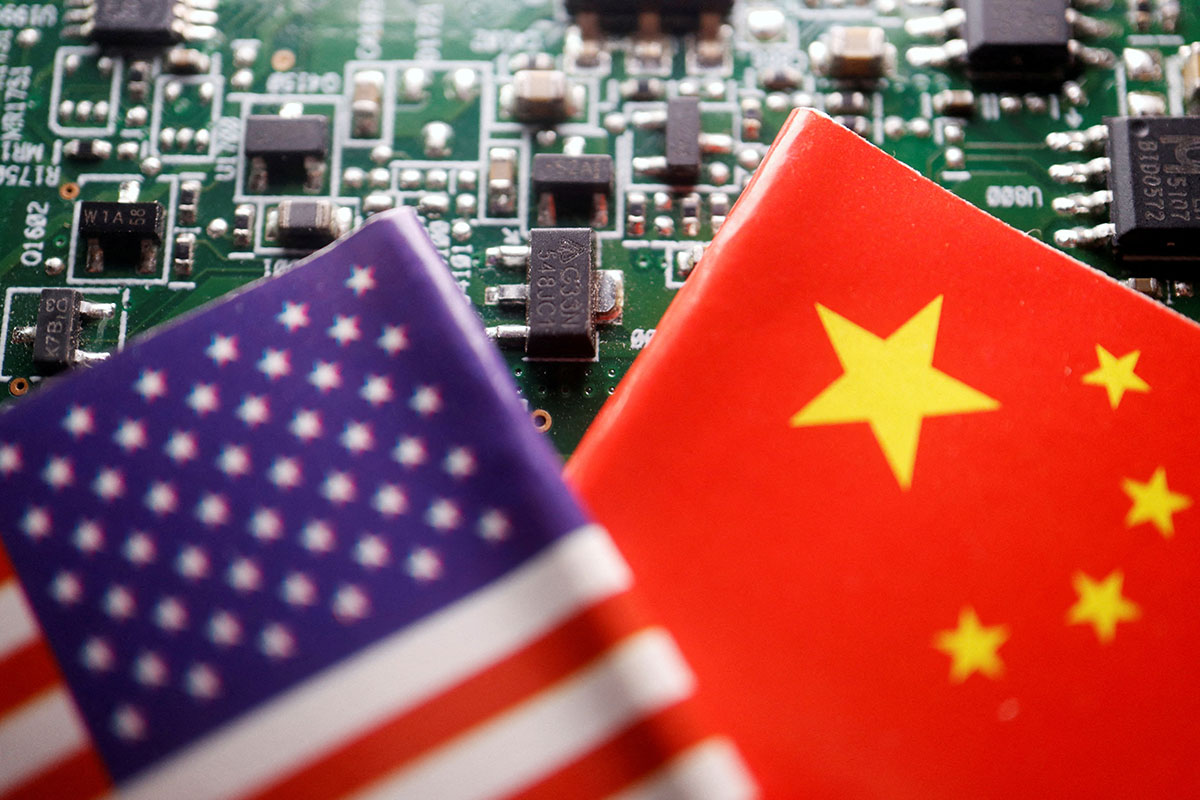The US has always led the world in AI and technological development. While China’s technology in this area is considered one or two years behind the US, its rapid development in recent years has allowed it to achieve breakthroughs in certain application scenarios.
So how has a small nation like Singapore managed to rank just behind these two superpowers in this strategically important field of AI? What are the characteristics of Singapore’s AI development?

UK-based authority Tortoise Media released the 2024 Global AI Index on 15 September 2024, evaluating 83 countries and regions across 122 different metrics. Singapore ranked third for the second consecutive year, behind only AI superpowers the US and China.
Looking at AI density in terms of facilities and talent, our little island nation shines even brighter. On 4 December 2024, a report by the French company ARKANCE, which provides digital solutions, ranked Singapore as the global leader in AI infrastructure.
These international rankings are a source of pride for us, but they also spark curiosity. How has a small nation like Singapore managed to rank just behind these two superpowers in this strategically important field of AI? What are the characteristics of Singapore’s AI development?
With these questions in mind, I approached Professor Ho Teck Hua, executive chairman of AI Singapore (AISG). When AISG was established in May 2017, he was its founding executive chairman, and in April 2023, he became the fifth president of Nanyang Technological University (NTU).
Prof Ho did not answer my question with jargon. Instead, he asked: “Have you travelled abroad recently? When passing through Changi Airport, you no longer need to scan your passport, right? Singapore is the first country in the world to implement large-scale passport-free clearance. Singapore residents can pass through immigration using only facial recognition and iris scanning, without needing to present their passports. Excluding queue time, the process takes only ten seconds. This is one example of our AI applications.”
The efficiency improvements we take for granted are powered behind the scenes by AI, and making AI practical and seamlessly integrated into people’s lives is a clear goal of AISG.
AISG has three main goals: first, to create new job opportunities and make workers more efficient; second, to create new enterprises and make businesses more competitive; and third, to improve everyone’s quality of life, helping people live healthier and better lives.
Prof Ho Teck HuaPresident, Nanyang Technological University, Singapore
Executive Chairman, AI Singapore

Training AI Agents
As 2024 ended, tech experts and companies predicted that 2025 will be the year when AI agents, or AI assistants, see full-scale development. In December, Google launched “Mariner”, an AI agent capable of browsing websites and assisting users with online shopping. Not to be outdone, OpenAI released its first AI agent application, “Operator”, on 24 January 2025.

Defying limitations
To address humanity’s concerns about technology, it is essential to return to shared human values. One of AISG’s core principles is the development of responsible AI.
Has understandable logic and principles

Leading the SEA-LION
With the support of Singapore's National Research Foundation, AISG began developing a large language model tailored specifically for Southeast Asia at the end of 2023. This model, named SEA-LION (Southeast Asian Languages in One Network), is designed to train machines based on Southeast Asian languages.

Carving a Path
In the AI race, the US holds a clear advantage in technological innovation and investment scale, while China leads in application scenarios, population size and industrial clustering. These two AI superpowers have left other nations trailing far behind. While Singapore ranks third in the Global AI Index, its score still lags significantly behind that of the US and China.
As competition between the US and China in the AI field intensifies, what impact will it have on Singapore and the AI strategies of other nations?
Prof Ho said over the past five years, Singapore’s open-door policy for global talent has attracted many top experts. While Singapore cannot compete comprehensively with the front-runners in the AI race, it can excel in specific areas and aim to be the best in the world in those domains. By focusing on these niches, maintaining a spot in the global AI top five remains within reach.
“Mainly it’s about being number one or two in a few areas. How do we do that? One area is ‘responsible AI’. We also do well in AI governance, thanks to a robust framework. Companies developing or implementing AI systems are guided by principles to ensure they stay within ethical boundaries and avoid missteps.”
For Singapore to claim a share of cutting-edge technological advancements, it does not necessarily need to lead in every aspect. What matters is having unique strengths. In fields such as AI technology, chip manufacturing or quantum computing, Singapore should invest strategically to ensure it offers innovative solutions that attract collaboration.
“We aim to be an indispensable participant. It’s like playing an important supporting role in a movie. You may not be the protagonist, but as a key supporting character, the story wouldn’t feel right without you.”
"Future 365" 2024 series